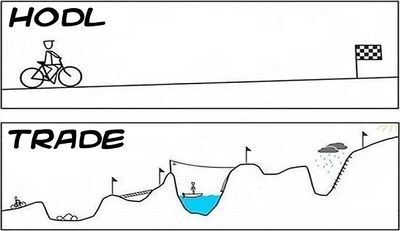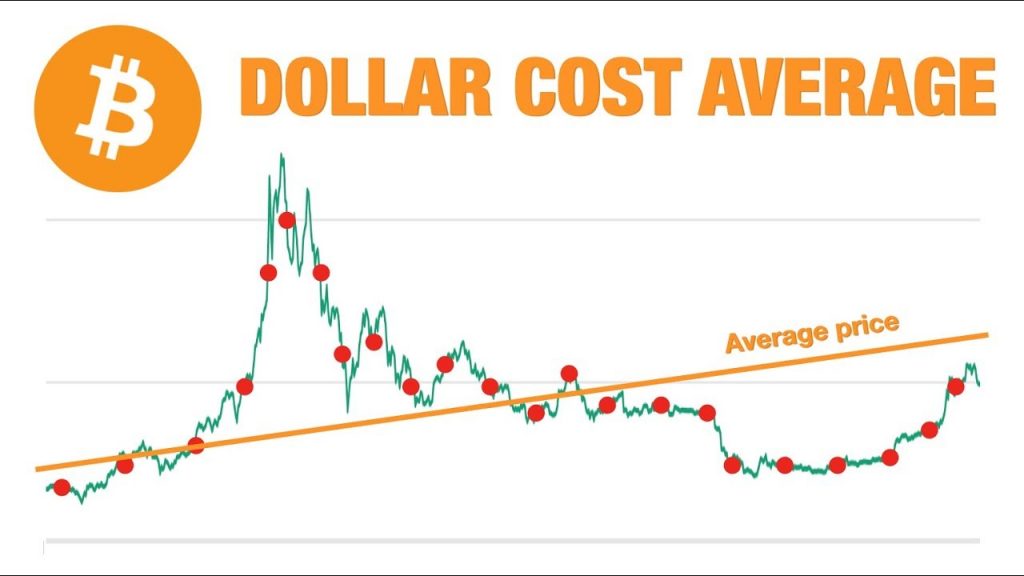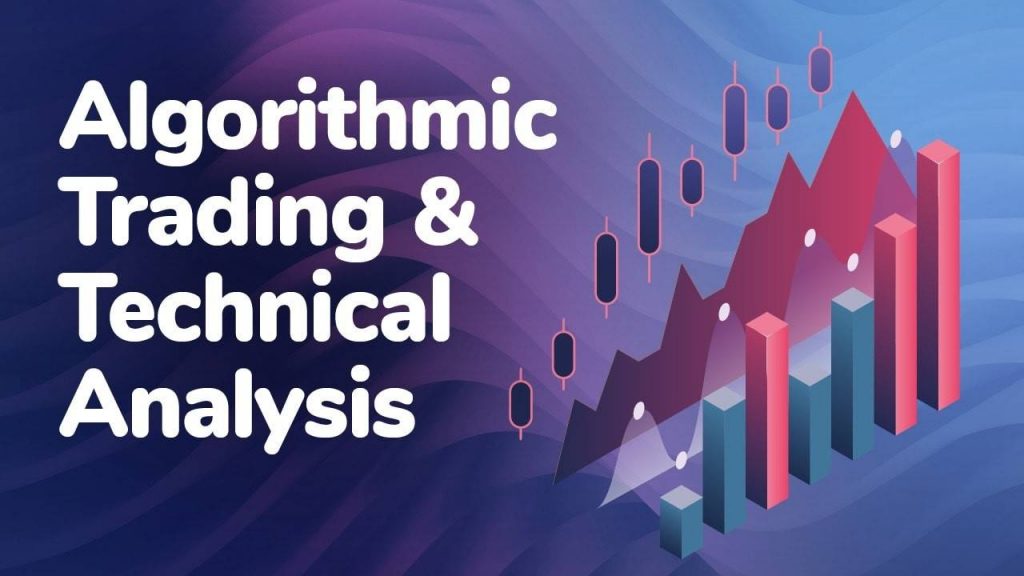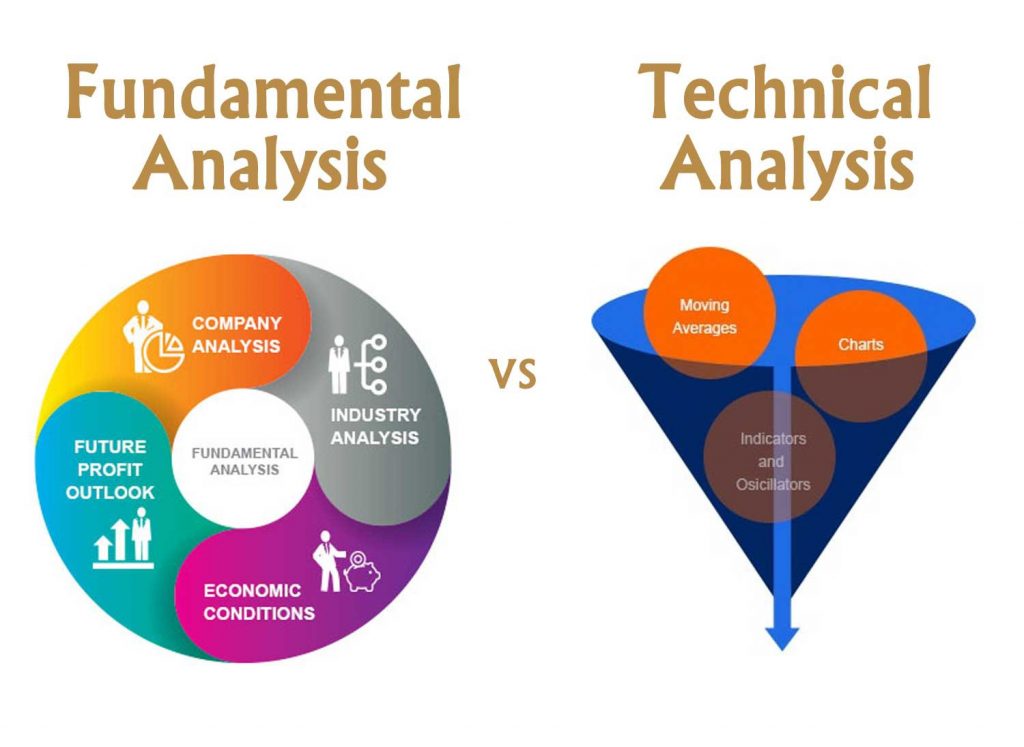
So, you’re thinking of investing in cryptocurrency? If so, you’ve come to the right post for learning more about the importance of a cryptocurrency investment strategy! Even if you’ve already dipped your toes into crypto, it’s always good to research the various ways you can improve your cryptocurrency investment strategy. Learning more about trading in general and educating yourself regarding the crypto space is one of the best ways to make sure your investments are well thought out. Nevertheless, there are hundreds of different ways to invest your digital assets. Often, it can feel slightly overwhelming trying to structure the best way to invest in cryptocurrency. But don’t worry, we’ve got you covered!
In this article, we’ll explain the importance of creating a cryptocurrency investment strategy, and why ultimately, your choice of investment strategy will be up to you. Furthermore, we’ll explain in detail the most common ways of trading and investing in crypto. From here, you can then construct the right strategy for you, and find the best way to invest in cryptocurrency!
If you’d like to learn, step by step with a video guide, how to buy, trade, and store your cryptocurrency securely, see our Crypto Basicscourse. Ivan on Tech Academy has created a dedicated course for newcomers to the industry to invest in crypto safely. The well-being of our readers and students is paramount. Therefore, we only provide the highest quality, frequently-updated educational material to ensure we can provide foundational knowledge of an emerging industry. All in a simple, easy-to-understand online education suite. Join our amazing community, where you can meet and interact with other students. If you want to learn about the basics of blockchain, check out our Blockchain & Bitcoin 101 course today!
Why Have A Cryptocurrency Investment Strategy?
Trading crypto, like trading any asset, can be a rollercoaster ride. For example, super-fast parabolic pumps and 30% dumps could take place quicker than you can say ‘Satoshi Nakamoto’. The cryptocurrency industry is renowned for its volatility. However, volatility doesn’t have to be an issue if you have a cryptocurrency investment strategy.

For newcomers to crypto, seeing their portfolio fluctuate so much can cause people to panic sell. Also, pumps can cause the fear of missing out (FOMO), often leading to mistimed trades. It is not uncommon for emotions to get in the way of crypto trading and investing. However, with a strategy, you can relax knowing you have calculated and formulated the best cryptocurrency investment strategy for you. A cryptocurrency investment strategy doesn’t have to be complicated. Below we’ve tried to explain how you can create the best way to invest in cryptocurrency for you. Whether you want to make an investment now and not look at it for years, or go full-time crypto making trades throughout the day. It’s an individual choice that should be considered alongside other risk management factors (explained further on). The best way to invest in cryptocurrency for you, might not be the best way for the next person.
It is crucial to have a cryptocurrency investment strategy. Doing so gives you a much higher chance of making a significant return on investment, without the emotional rollercoaster of a bull run. If you don’t have a strategy, you could miss out on huge gains. Moreover, it could potentially lead to a one-way ticket to Rekt City.
Nevertheless, we want to preface this article with that cryptocurrency trading is always inherently risky. No type of investing comes with any guarantee that you will make all your money back. However, having a cryptocurrency investment strategy helps you eliminate emotional reactions to price swings. Additionally, getting a cryptocurrency education is also another excellent way to improve your understanding of the market.
Best Way To Invest In Cryptocurrency
There is no single “right” cryptocurrency investment strategy - rather, the right strategy for someone varies from person to person. When trying to formulate your investment plan and developing your investment strategy, a key consideration is how much time you want to dedicate to your investments.

Furthermore, you will need to consider the amount you’d like to invest, and whether this is as a lump sum or series of periodic investments. Below, we’ve explained some of the most common crypto trading strategies. Use this as a guide to find the best investment strategy to suit your goals and risk appetite.
Hodling
Perhaps the most consistently fruitful cryptocurrency investment strategy - at least historically - is to hold, or “hodl” crypto. This method has proven to be one of the most simple and effective strategies, both for newcomers and seasoned crypto veterans alike. Essentially, this means that you invest and hold onto your assets. Buying low and riding out the storm requires minimal effort. Providing that you carry out the correct due diligence and risk management, hodling for the long-term requires a basic understanding of fundamental analysis and strong hands.

If you are confident in your investments and willing to endure the volatility of the markets, a hodl portfolio of well-timed investments is for many, the best way to invest in cryptocurrency. Hodling is a great way of removing emotion from your investments. Particularly for those that don’t have the time to be constantly monitoring day-to-day price fluctuations. Buying low, hodling, and selling high continues to be the go-to strategy for many crypto investors.
Furthermore, many traders still maintain a hodl portfolio. One common cryptocurrency investment strategy is to trade altcoins as a way to grow a hodl portfolio. Many crypto portfolios are predominantly made up of Bitcoin and Ethereum. Often, people don’t want to trade or sell their BTC or ETH. Instead, many chose to use a small amount of capital for speculative trades as a way of building a hodl portfolio.
Dollar-Cost Averaging (DCA)
Dollar-Cost Averaging (DCA) is a cryptocurrency investment strategy whereby investors allocate an amount of capital periodically to build up a position over time. This is often the best way to invest in cryptocurrency for those that receive a salary each month.

Many people don’t have access to huge piles of cash. Therefore, some might find that dollar-cost averaging (DCA) is an easy way to budget for investments. This could mean investing every few days, weeks, once a month, or quarterly. The idea of DCA is to reduce the effects of volatility. Often when making large investments, a significant price correction can be disheartening. Bringing emotions into your investments is never a good idea. By using the DCA method, investors can even-out their average entry price and steadily build up a portfolio.
This goes hand-in-hand with hodling. By spreading out your investments periodically, it makes it easier to buy the dips. Despite paying more fees, this can often help to create a healthy portfolio over time.
Asset Reallocation
Portfolio management is key for any investor. Effective portfolio management often takes macroeconomic factors into consideration before reallocating parts of a portfolio based on informed decisions. This differs slightly from other investment strategies, as assets are usually reallocated based upon performance over a given period.

Asset reallocation is sometimes difficult to forecast as nobody can predict the markets with exact accuracy. Sometimes, a highly speculative investment could take off out of the blue. It is at this point that some investors may wish to take profits, or reinvest their gains into another asset.
This process is fluid and can become quite intuitive. For example, a disciplined investor may have a loose strategy whereby a small amount of their portfolio is allocated to higher-risk assets. Depending on the individual’s strategy, they may choose to take profits after a 2X, 3X or 5X increase on their initial investment. From here, profits can be reallocated into new positions and/or a hodl portfolio.
Day Trading
Day trading usually refers to high-frequency trading over smaller time frames. Whereas the hodl strategy allows investors to sit back and check on their portfolio from time-to-time, day trading can be a full-time job. Day trading executes intraday strategies over smaller periods compared to other investment strategies. Day traders are more likely to use leverage in their trades. This allows traders to increase the impact of smaller price movements over shorter periods. However, without a strong strategy and the correct risk management, trading with leverage can be extremely risky.

There are many interpretations of day trading. One person’s interpretation may be different from the next. However, swing trading and scalping are two prime examples of this type of trading, and how they differ from longer-term strategies. Although there are no guarantees for success when day trading, a highly accurate cryptocurrency trading indicator like the BSI Indicator that combines technical analysis and on-chain analysis can be a very helpful trading tool.
Scalping
Scalping is the process of taking advantage of fast price movements over a short period. This can be minutes or even seconds. Often, long-term investors might look at a trading chart on an hourly or daily time frame. When scalping, traders often look at minute-to-minute price fluctuations. This requires absolute concentration and attention.

Furthermore, scalping is often used with many different positions on various crypto assets. High-frequency trading entails making multiple small trades throughout the day. Also, when scalping, traders can capitalize on arbitrage opportunities afforded by the bid-ask spread in an order book on crypto exchanges.
Swing Trading
Swing trading involves speculating over slightly longer periods. This could be one day or several. Rather than making high-frequency trades, swing traders often buy and sell over multi-day intervals. This strategy can also utilize leverage, but by riding the wave of a rally over a few days, traders often don’t need to. Though swing trading can still be time-consuming and is inherently risky, it is certainly less so than scalping over short periods with high leverage.
Algorithmic Trading
Algorithmic Trading is a way of trading using instructions that are pre-programmed to execute orders upon specific conditions. These instructions are usually based on variables such as price fluctuations, trading volumes, and time. However, with a strong understanding of technical analysis, it’s possible to automate trades based on a variety of different indicators. Plus, this allows you to make high-frequency trades even when you’re away from your computer!

The term “trading bot” is often used in conjunction with algorithmic trading. For example, algorithmic trading bots can be programmed to scalp trade, buy dips, or sell after a 30% pump. Also, traders can back-test strategies using historical data to test the accuracy of their strategies. This enables traders to tweak the parameters of any automated trades before putting them into action.
There are several different types of trading bots available. Some require minimal effort, while others allow for complex and nuanced programming. The ability to program a sophisticated algorithmic trading bot and execute a tried-and-tested strategy can be a complete game-changer for crypto traders.
If you want to learn how to create your own automated trading system, be sure to check out the Algorithmic Trading course at Ivan on Tech Academy. This course teaches you how to implement your automated trading strategies, so that you can potentially make money even while you sleep!
Yield Farming
Decentralized finance (DeFi) has created a landscape for many different kinds of innovative financial tools and services to be built on the blockchain. Some of the biggest names in DeFi include Aave, Compound, Curve, Uniswap, and Yearn Finance. These protocols operate outside of the legacy financial system, providing an array of decentralized applications (dApps) that promote financial freedom. These include decentralized exchanges (DEXs), lending protocols, derivatives, and yield aggregation.

One of the hottest trends in crypto, and indeed DeFi, is yield farming. Yield farming, also known as liquidity mining, is the process of putting crypto assets to work to earn a yield. This is one way to earn a passive income with DeFi. This could be by providing liquidity and earning fees or maximizing gains by using various borrowing and lending protocols to maximize returns. Usually, DeFi platformsincentivize participation. Two common examples are trading fees and governance token rewards.
As an example, a yield farmer could lock up their crypto on a DeFi platform such as Compound, and take out an over collateralized loan. Then, the yield farmer could provide liquidity to a decentralized exchange such as Uniswap, or another lending protocol such as Aave. By doing this, the yield farmer could earn COMP tokens, while earning rewards for liquidity provision using the funds obtained through the Compound loan. Interest rates for borrowing and lending fluctuate often. Therefore it is possible to capitalize on these interest rates by switching platforms and allocating funds accordingly.
Check out our DeFi 201 course to learn step-by-step how to invest in cryptocurrency yield farming protocols. It can sound intimidating, but Ivan on Tech Academy’s industry-leading course tutors make it simple and easy to follow. Learn how to discover arbitrage opportunities and take out a flash loan, without the need for any collateral!
Cryptocurrency Investment Strategy: Technical Analysis vs Fundamental Analysis
With any form of cryptocurrency investment strategy, it is usually advantageous to have an understanding of fundamental and technical analysis. For day trading and algorithmic trading, it is mission-critical. A key factor to consider when looking for the best way to invest in cryptocurrency is the price-movement on the charts of your assets.

Fundamental analysis will give you a holistic view of a project; understanding the USP (unique selling point), roadmap, and social media community interaction amongst other things. Fundamental analysis is analyzing macroeconomic factors, and understanding the bigger picture. This is crucial to making a cryptocurrency investment strategy profitable. Whether you’re a hodler or a bot trader, it is wise to understand the fundamentals of the asset you’re investing in.
On the other hand, technical analysis is about the price movement and the volume of trading displaying on a chart. Here, you can analyze the previous movement of an asset, to try and predict future movements of said asset. Moreover, this can be done on a wide time-scale. From charting minute movements to viewing the entire price history on a weekly, monthly, and yearly time-scale. Technical analysis is handy to know if you’re looking to DCA or hodl, as it can help predict if there may be a dump ahead and a more profitable time to invest or reallocate your funds.
Lastly, a new form of analysis, specific to blockchain-based investments, is on-chain analysis. On-chain analysis allows people to view the information available on different blockchains. This data can be collated to show patterns of market behavior, that can help predict future price action. Information such as the number of wallets in profit, and the number of Bitcoin moved or spent are just a few of the many metrics available.
Best Way To Invest In Cryptocurrency Summary
There is a vast array of investment strategies available, appealing to a broad spectrum of demographics. Whether you’re in crypto for the long haul or looking to flip short-term gains, the best way to invest in cryptocurrency is by using a solid cryptocurrency investment strategy. Furthermore, a cryptocurrency investment strategy is useless unless one actually sticks to the parameters of the strategy.

As previously mentioned, the BSI Indicator is a unique trading indicator combining both technical and on-chain analysis of Bitcoin and other crypto assets. The BSI Indicator features TradingView integration, so anyone who wishes purchase it can clearly observe changes in bullish and bearish trends. Having the BSI Indicator as part of your research tools will help visualize and stabilize cryptocurrency investment strategies. This helps you to remove emotion from your trading and act on statistical probabilities, rather than gut feeling.
If you would like to deepen your understanding of the various ways to trade crypto, read our How To Trade Crypto in 2021 article. Here, you can explore the differences between spot, options, and futures trading, and much more! Are you interested in learning more about cryptocurrency and decentralized finance?
Then you would seriously benefit from checking out the Ethereum 101 course at Ivan on Tech Academy. Or, if you’d like to learn about the history of money and why cryptocurrency is needed, try our Bitcoin Standard Course. Individuals and institutions alike are now turning to cryptocurrency, with the demand for people with blockchain education far outweighing the supply in the job market. Enroll now to start your potentially life-changing blockchain education today!





